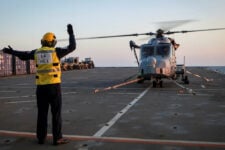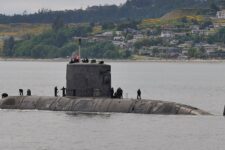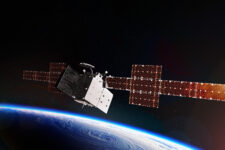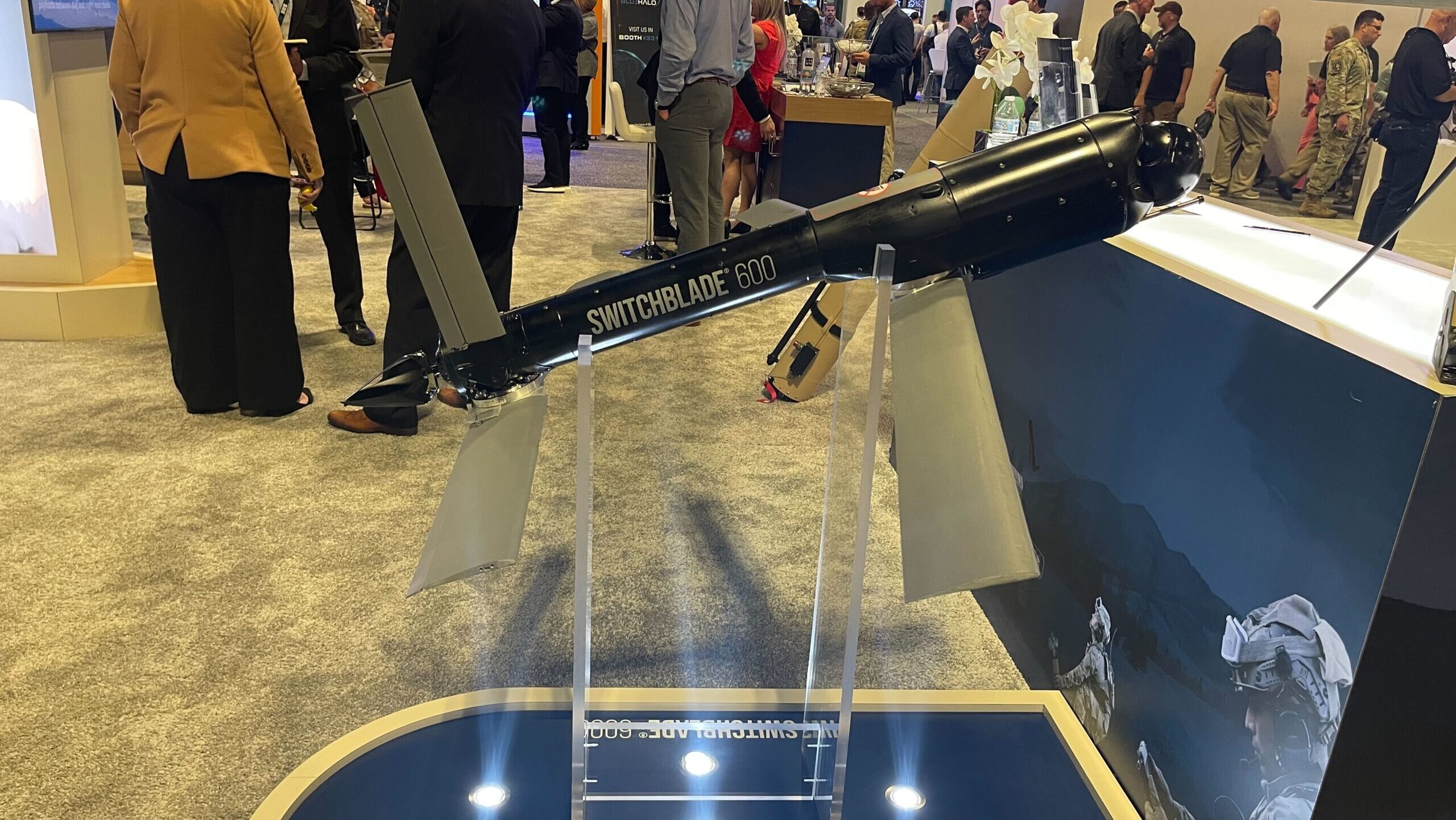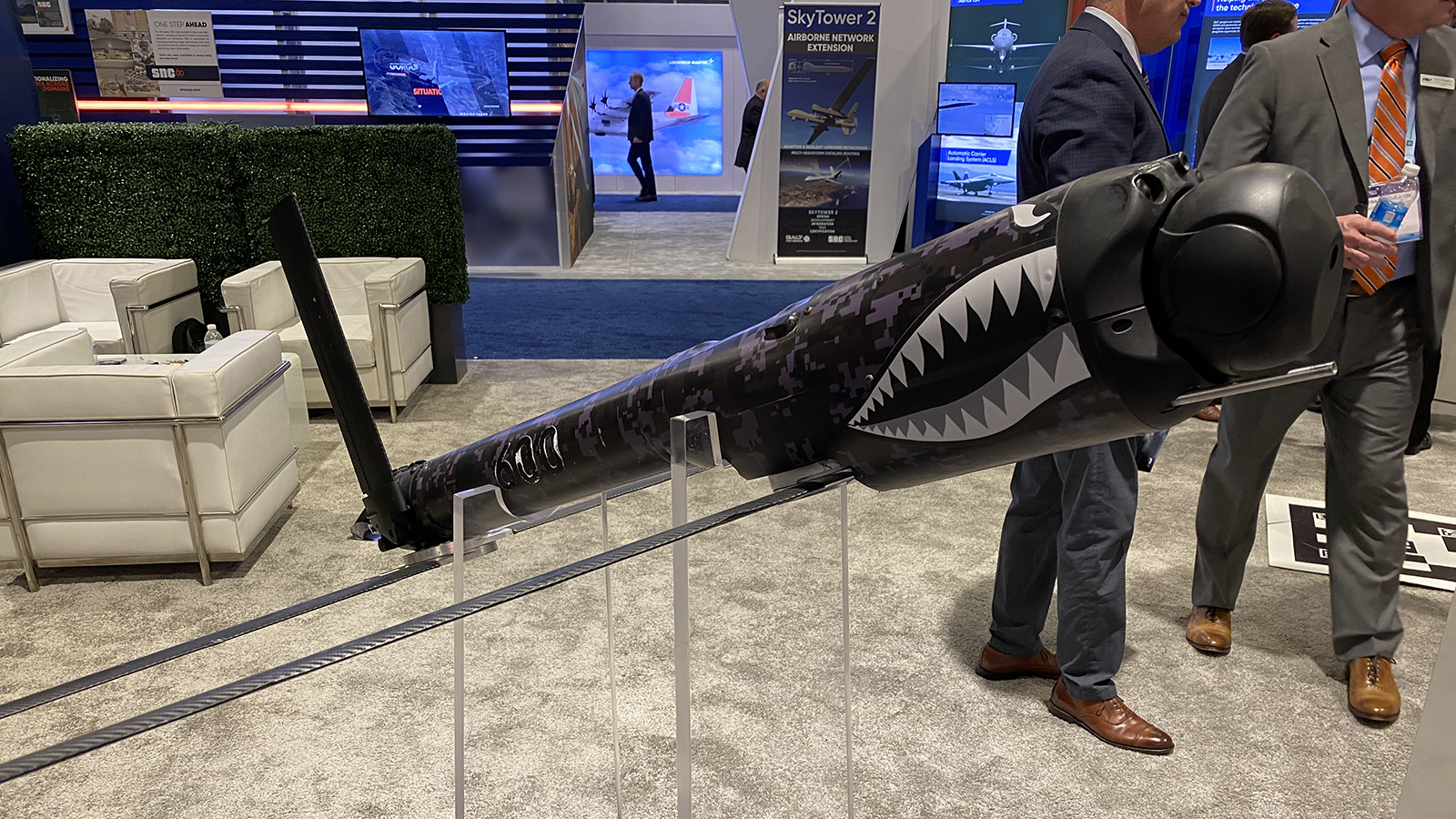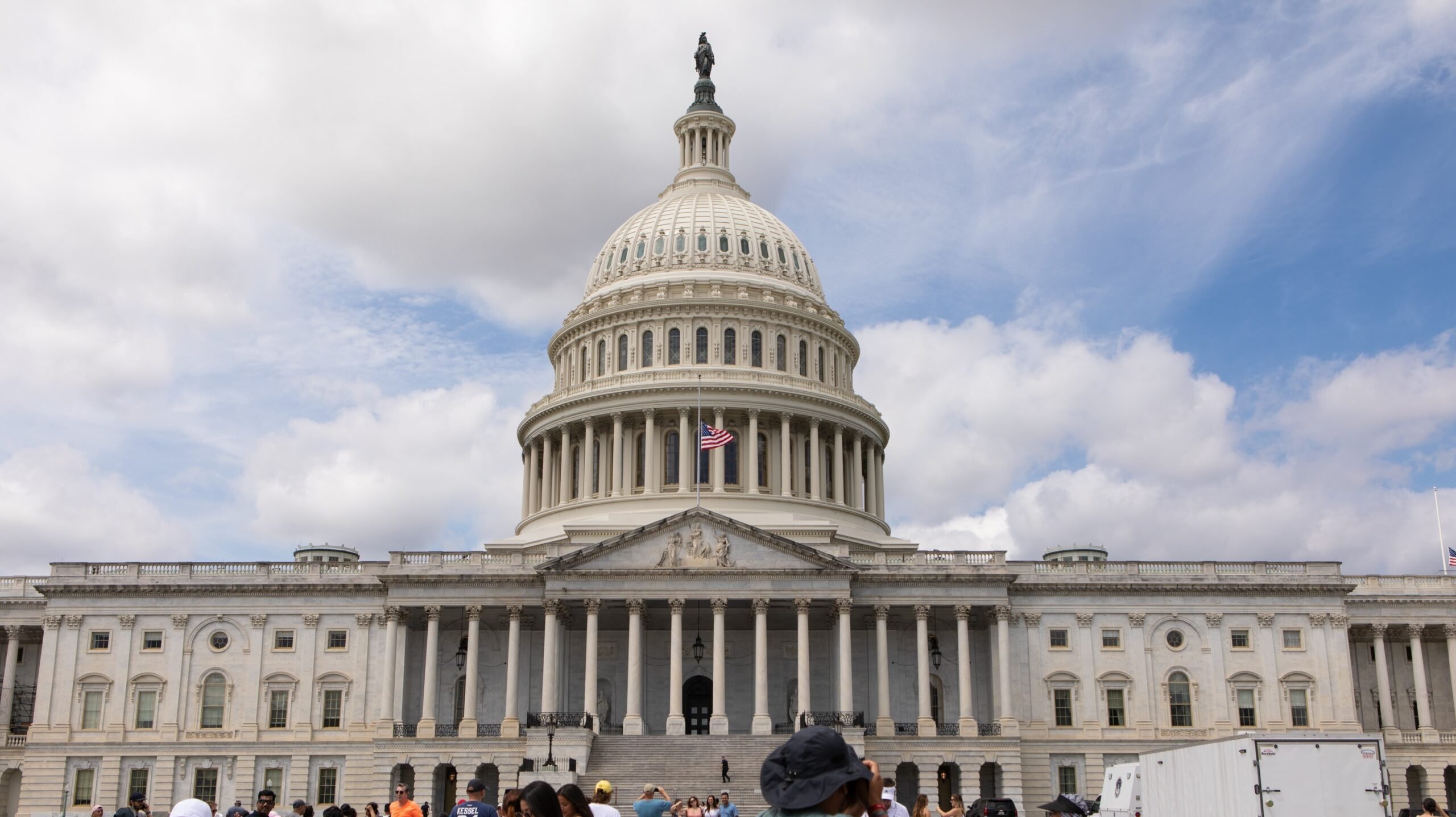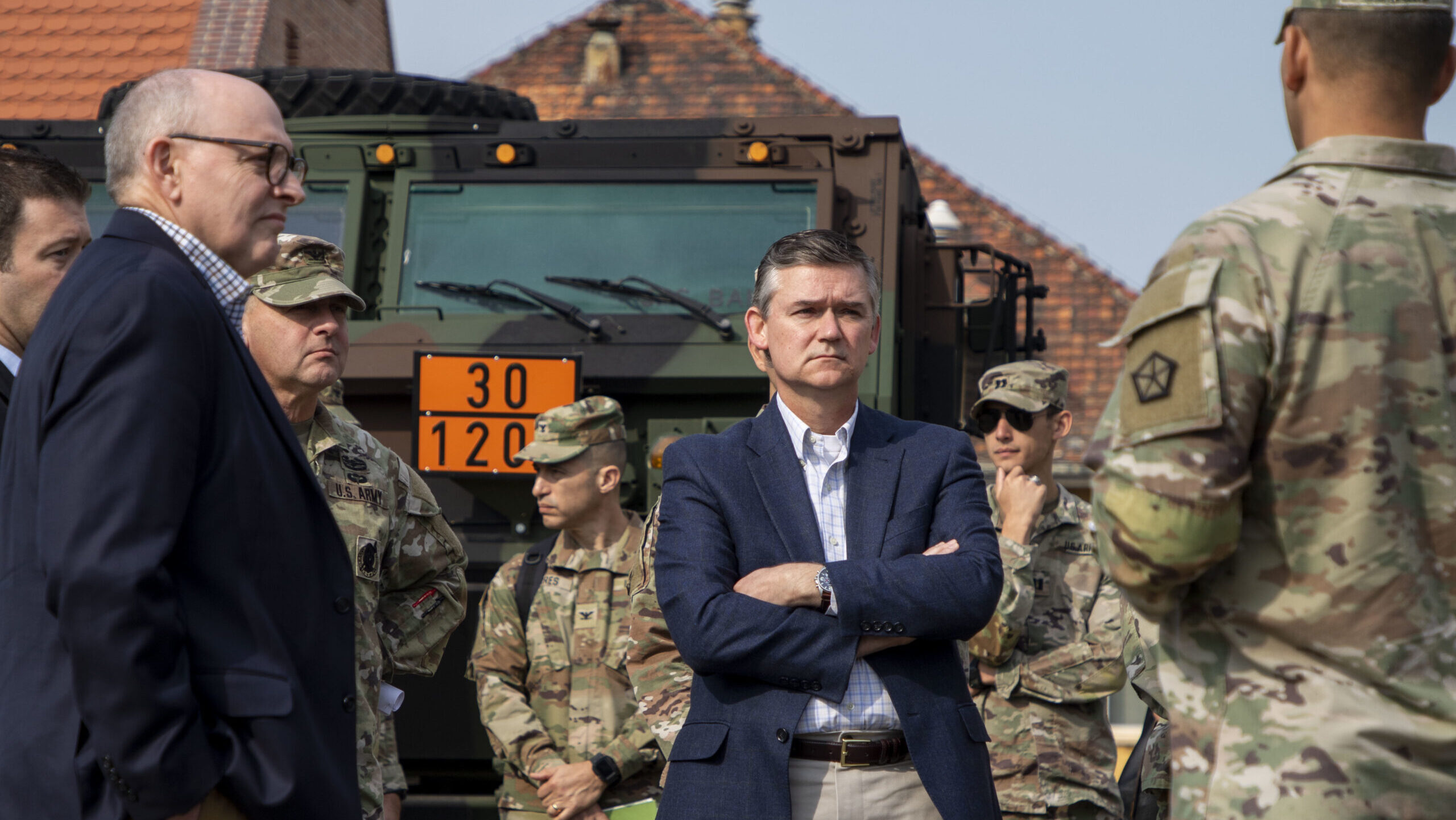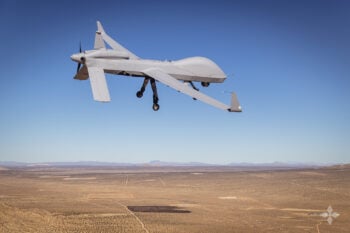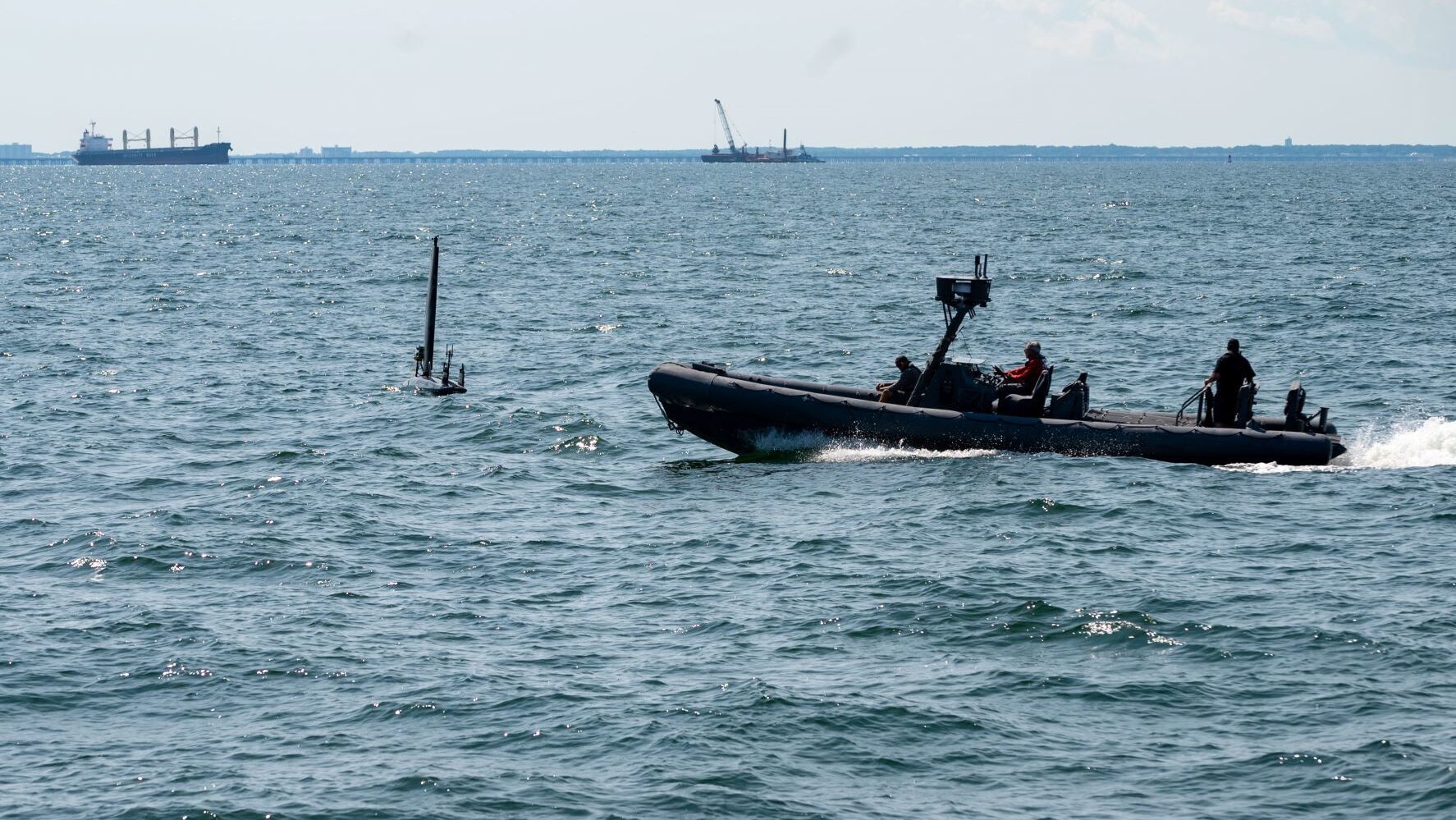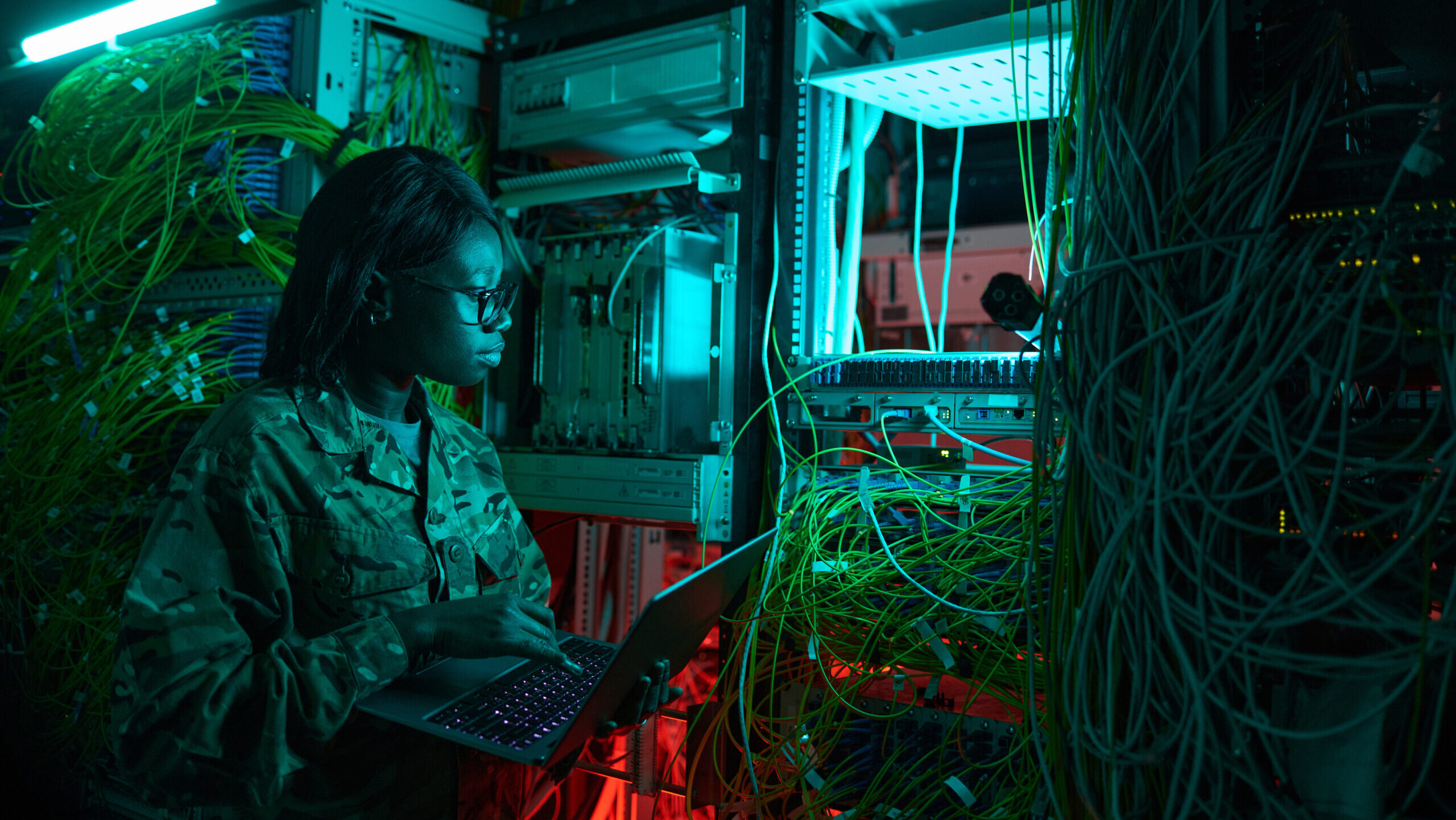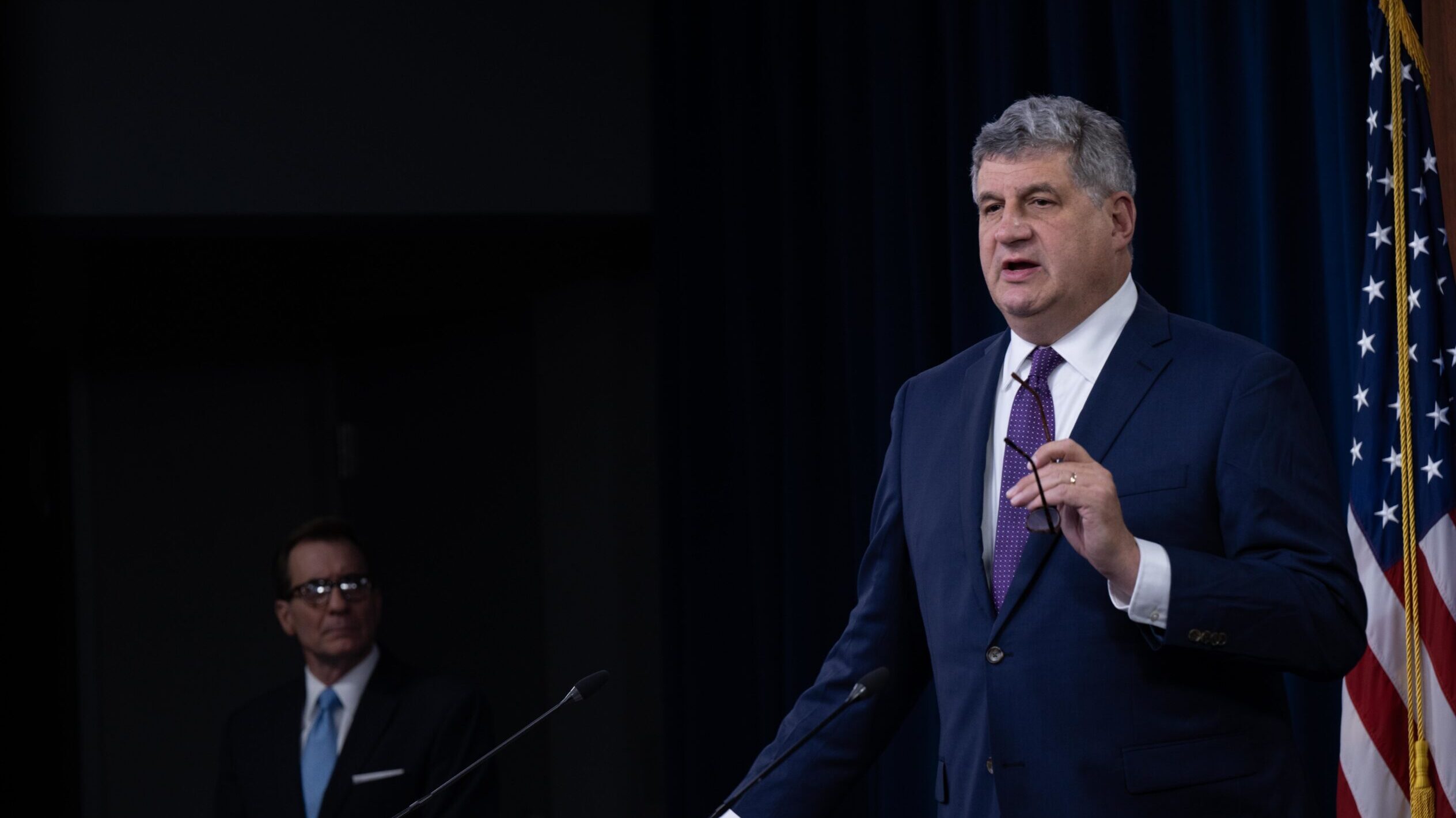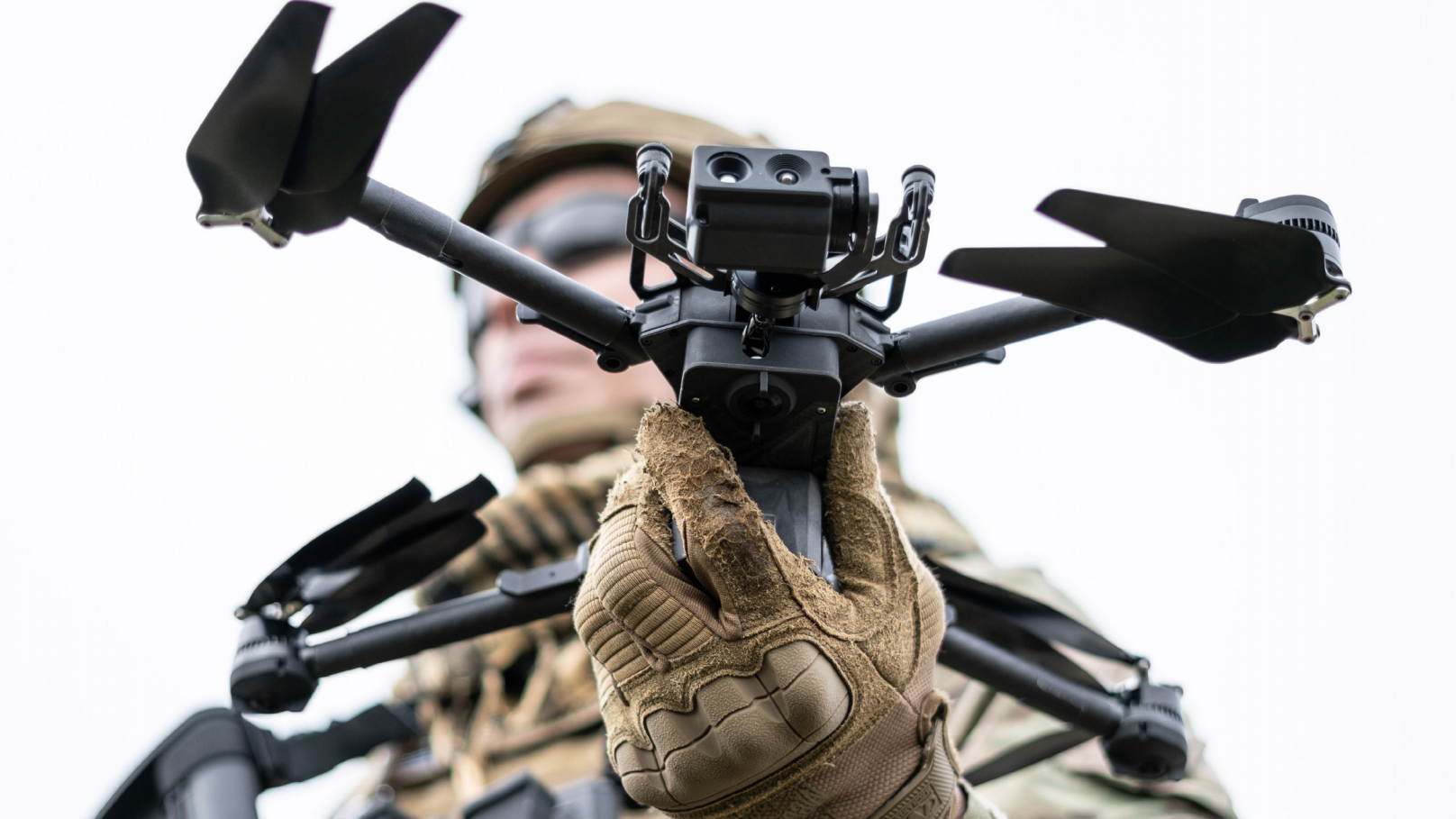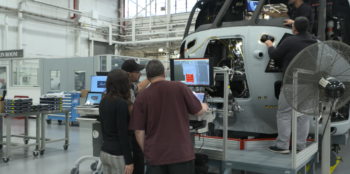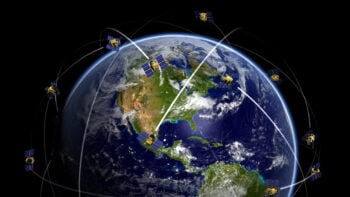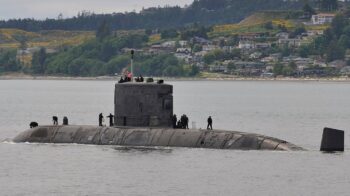

“We already expanded production ahead of Replicator, and irrespective of Replicator, because we know where this is going,” AeroVironment CEO Wahid Nawabi told Breaking Defense.
By Michael Marrow
“This is a critical step in delivering the capabilities we need, at the scale and speed we need, to continue securing a free and open Indo-Pacific” said Admiral Samuel Paparo, commander of U.S. Indo-Pacific Command.
By Ashley Roque
The bipartisan spending package, released early this morning, increases defense funding by $27 billion over the previous year’s enacted budget and includes a number of key provisions the department had requested.
By Valerie Insinna, Ashley Roque, Michael Marrow and Theresa Hitchens
Meanwhile, the Air Force’s Vice Chief of Staff Gen James Slife said his service has several “compelling programs in the pipeline” but they are “not quite as technologically mature as some of the Army programs.”
By Ashley Roque
“We’re still looking for the ability to translate and transition those innovation priorities into capabilities, into programs of record, into budget priorities,” said Rachel Hoff, Reagan Institute’s policy director and one of the authors of a new scorecard evaluating progress in defense innovation.
By Valerie Insinna
“There was a debate which … about so-called ‘reveal, conceal’ [and] how much detail we want to put out,” said Under Secretary of Defense Comptroller Mike McCord. “We’re sort of leaning on the side of not disclosing the details…”
By Ashley Roque
On the two year anniversary of the war, the Breaking Defense team has assembled a series of pieces on the state of the conflict across multiple domains, what might come in year three, and what lessons the US has learned from the conflict.
By Breaking Defense Staff
Which specific systems have been selected haven’t been publicly announced, a “very deliberate” strategy from the Pentagon, Navy Capt. Alex Campbell, director of the Defense Innovation Unit’s (DIU) maritime portfolio, said today.
By Jaspreet Gill
“The challenge now is to take the capabilities developed during DIU 2.0 and apply them with the focus, scale, and speed necessary to deliver the strategic effect required,” according to the strategy. “This is what DIU 3.0 is all about.”
By Jaspreet Gill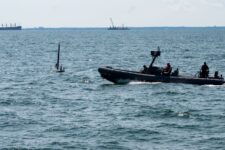
The DIU solicitation comes amid a raft of other Navy-led efforts to bring more unmanned surface vehicles into operations.
By Justin Katz
“Each of the services nominated capabilities for consideration in the selection process, based on a warfighter-centric set of criteria,” a Pentagon spokesman told Breaking Defense.
By Jaspreet Gill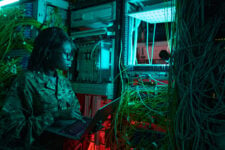
Here’s what to watch for in the defense network, cyber and innovation space in 2024.
By Jaspreet Gill
“It is an urgent issue. … We need counter UAS capabilities at scale,” said Under Secretary of Defense for Acquisition and Sustainment Bill LaPlante. “We need lots of money, we need production lines to go up fast.”
By Michael Marrow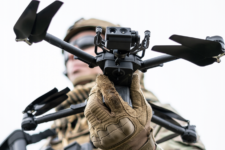
The first tranche will come from both large and small companies that DIU works with frequently, Doug Beck said, and include systems that are ready to be scaled and have been tested and validated in appropriate environments.
By Jaspreet Gill



